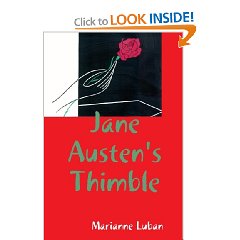Early in the Egyptology game, James
Breasted, in his paper on the obelisks of Thutmose III, stated that a
Year 30 heb sed or jubilee could be inferred on the basis of the
mention of one in Year 33 of that king. Indeed, three "Hb" glyphs are seen, but three was a number of plurality, just like the three strokes under the sign for "millions". However, considerably later Donald
Redford wrote, “But the 30th anniversary of Thutmose's
accession would have found him in Asia on his 6th
Campaign!” Still, we have no way of knowing if Thutmose
actually was present at all of his foreign campaigns, even if he said
he was. After all, he did have generals like his famous one, Dehuty,
mentioned in the story called “The Taking of Joppa”.
The London obelisk of the king states
it was erected [with a companion one, now in New York City] on the
occasion of the pharaoh having celebrated his third [according to
Breasted, although Budge claimed to have seen the number 4, instead]
jubilee. Even though a year date for the erection of these obelisks
is not visible, it has been taken for granted that Thutmose III
celebrated heb seds in years 30-33 from that text. And yet the only
actual mention of a jubilee during those three years comes from the
inscription of Sennefer at el-Bershe, now lost but included in
Sethe's Urkunden IV, below:
It
said, “Year 33, fourth month of the season of Shomu, day 12, the beginning
of millions of jubilees, very many, [inscribed?] by Thoth, himself, in
his writing upon the noble Ished-tree, etc.” Since Menkheperre's
accession date had been in the first month of Shomu, it means that
the celebration took place three more months after the one in which
the year count had changed to “33”. In my book, “Manetho
Demystified”, I take the position that, after his 4th
year on the throne [although there is still the isolated reference to
Year 5] Thutmose III lost his own year count because Hatshepsut
usurped the kingship in his Year 4 and called it her Year 7. This is
because, in order to make herself the legitimate ruler after the
death of her father,Thutmose I, she appropriated the 3 years of her
late husband, Thutmose II, and the 4 of the boy whose guardian
Hatshepsut was supposed to be. This may be a controversial stance,
but it makes sense in the light of the queen's legitimizing texts.
At any rate, a grown-up Thutmose, even as sole king, was forced to
adopt the false count promoted by his aunt. It was too late to
revert to the old one, even though the pharaoh had gained 3 years
that never existed within his own time as king or coregent. The
bureaucracy, with all its dated documents, demanded the false count
continue until the end of his life, but there was nothing to prevent
Thutmose III from celebrating his 30-year heb sed in Year 33—the
year that he had REALLY been on the throne for three decades. And,
if there had already been three other sed-fests, why would the
el-Bershe inscription state that the many wished-for jubilees began
in Year 33?









No comments:
Post a Comment